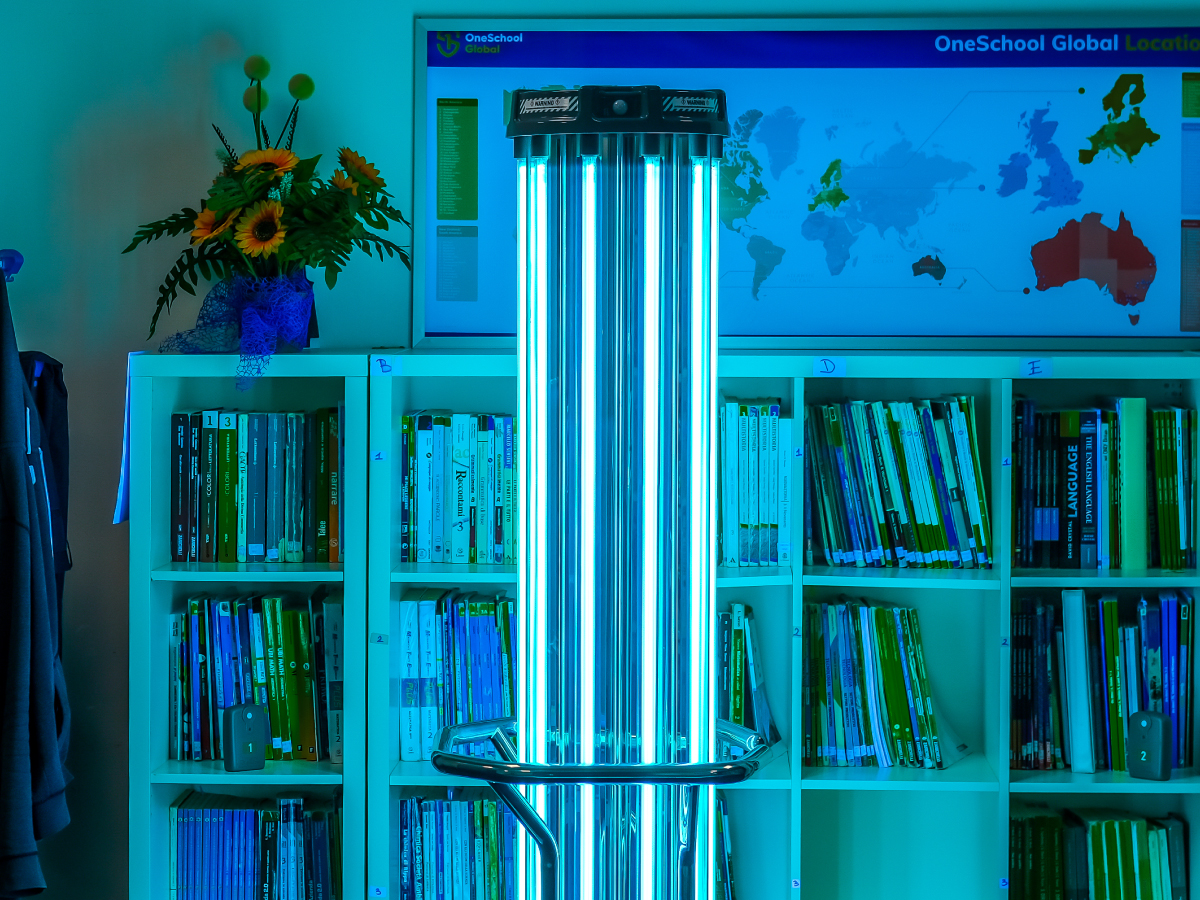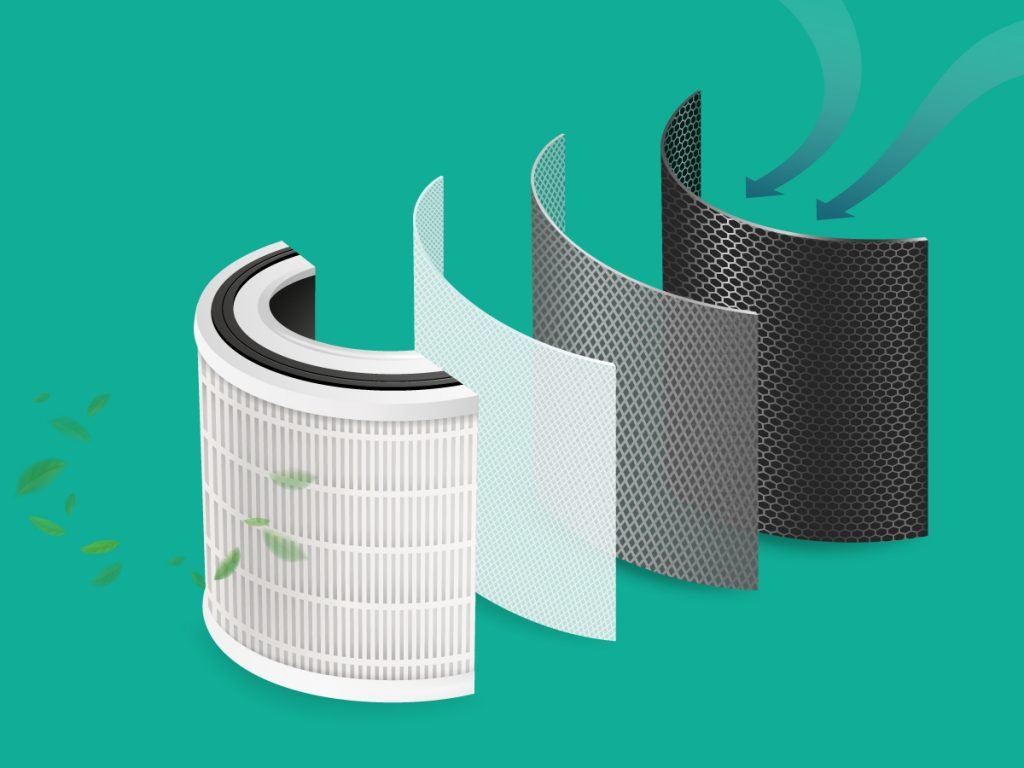
Welcome back to the 3rd edition of the Inivos Academic Digest for 2021, where our team share the most interesting and thought-provoking research across microbiology, personal protective equipment (PPE) and infection prevention and control.
Over March, more effort has been noted to further examine efficacy of UV-C irradiation against SARS-CoV-2 and how the technology can decontaminate personal protective equipment. Papers were published in ‘Scientific Reports’ and ‘Viruses’ journal. In addition, some published work emphasised the increase in microbial resistance during the COVID-19 pandemic.
The next challenge will be evaluating the transmission of COVID-19 in the air and how air purifiers may aid in reducing transmission rates. Papers were published in the journals of ‘Physics of Fluids’ and ‘Infection Control and Hospital Epidemiology’.
SARS-CoV-2 viability and associated complications
A systematic review in the ‘International Journal of Antimicrobial Agents’1 examined the increased antimicrobial resistance during the COVID-19 pandemic. The authors found more than 10 papers that described an increase in multidrug-resistant organisms during the current pandemic. For example, a retrospective study in an Italian hospital found that the incidence of carbapenem-resistant Enterobacterales colonisation increased from 6.7% in 2019 to 50% in March–April 2020. Similarly, a cohort of 19 COVID-19 patients who required ICU admission had secondary infection due to 17 multidrug-resistant A. baumannii and 1 methicillin-resistant Staphylococcus aureus (MRSA). The authors concluded that the cause is multifactorial, particularly a high rate of antimicrobial agent utilisation in COVID-19 patients with relatively low rates of co- or secondary infections.
A study published in the ‘Frontiers in Public Health’2 journal evaluated the effect of hot geographical region weather (i.e. United Arab Emirates) on COVID-19 clinical profile and outcomes. The results showed that patients needed admission in days with higher temperatures, higher solar radiation, and less humidity were associated with higher deaths, highlighting the importance of weather-related variables on the dynamics of mortality and clinical outcomes of COVID-19. The hot weather might make some individuals, especially those with comorbidities or older ages, develop aggressive inflammation that ends up with complications and mortality.
A systematic review in ‘The Science of the Total Environment’ journal3 summarised all the evidence on surface survival of coronaviruses that infect humans. The analysis of 18 studies showed the longest coronavirus survival time is 28 days at room temperature on different surfaces: polymer banknotes, vinyl, steel, glass, and paper banknotes. Environmental conditions can affect virus survival, and indeed, low temperatures and low humidity support prolonged survival of viruses on contaminated surfaces independently of surface type.
A study in ‘Physics of Fluids’ journal4 estimated and quantified the probability of COVID-19 infection by cough of a normal person and super-spreader. At a distance of 1m, the probability of infection from a super-spreader is found to be 185% larger than a normal person. The results support the current recommendation of maintaining a 2m distance between people and the benefit of using a mask in reducing the probability of an infection.

Air filtration and purification
A study in the ‘Physics of Fluids Journal’5 investigated the effects of placing portable high efficiency particulate air (HEPA) purifiers in different locations inside a music classroom. It was found that using purifiers could help in achieving ventilation rates close to the prescribed values by the World Health Organization, while also achieving aerosol removal times within the Center of Disease Control and Prevention recommended guidelines. Moreover, proper placement of purifiers could offer significant advantages in reducing airborne aerosol numbers, and improper placement of the purifiers could worsen the situation.
A study in the ‘Infection Control and Hospital Epidemiology’6 tested the efficacy of an air purification system combining UV-C light and HEPA filtration in a controlled environment using SARS-CoV-2 as test organism. Viable virus was detected in the control runs without UV-C light activation or HEPA filtration. The researchers stated that using an UV-C light system with and without HEPA filtration eliminated SARS-CoV-2 from the air successfully.
PPE decontamination
A systematic review in the ‘Biophysical Journal’7 examined the efficacy of UV-C light irradiation in decontaminating N95 masks against SARS-CoV-2. The authors proposed a dose ranging between 800–1200 mJ/cm2 of UV-C to be effective. It was suggested that such a UV-C treatment cycle should induce a >3-log-order reduction in viral bioburden on the surface of the respirators and a 2-log-order reduction throughout the interior. The authors found that a dose 50-fold greater does not impair filtration or fit of 3M 8210 N95 masks, indicating that decontamination can be performed repeatedly.
UV-C irradiation efficacy
An experimental study in the ‘Scientific Reports’ journal8 investigated the efficacy of UV-C low pressure mercury lamps to inactivate SARS-CoV-2. The researchers found that an UV-C dose of just 3.7 mJ/cm2 was sufficient to achieve a more than 3-log inactivation without any sign of viral replication. Moreover, a complete inactivation at all viral concentrations was observed with 16.9 mJ/cm2. The findings clearly show the susceptibility of SARS-CoV-2 to UV-C irradiation. However, these results were obtained from a highly controlled experimental model – which is significantly different than real-life based scenarios.
Correspondingly, a study in the ‘Viruses’ journal9 aimed to establish the persistence of SARS-CoV-2 on inanimate surfaces such as plastic, stainless steel, and glass during UV-C irradiation. The authors found that UV-C irradiation efficiently reduced virus titres (99.99%), with doses ranging from 10.25 to 23.71 mJ/cm2. Plastic and stainless steel needed higher doses to achieve target reduction. The total inactivation of SARS-CoV-2 on glass was obtained with the lower dose applied, concluding that SARS-CoV-2 survival can be long lasting on inanimate surfaces.




